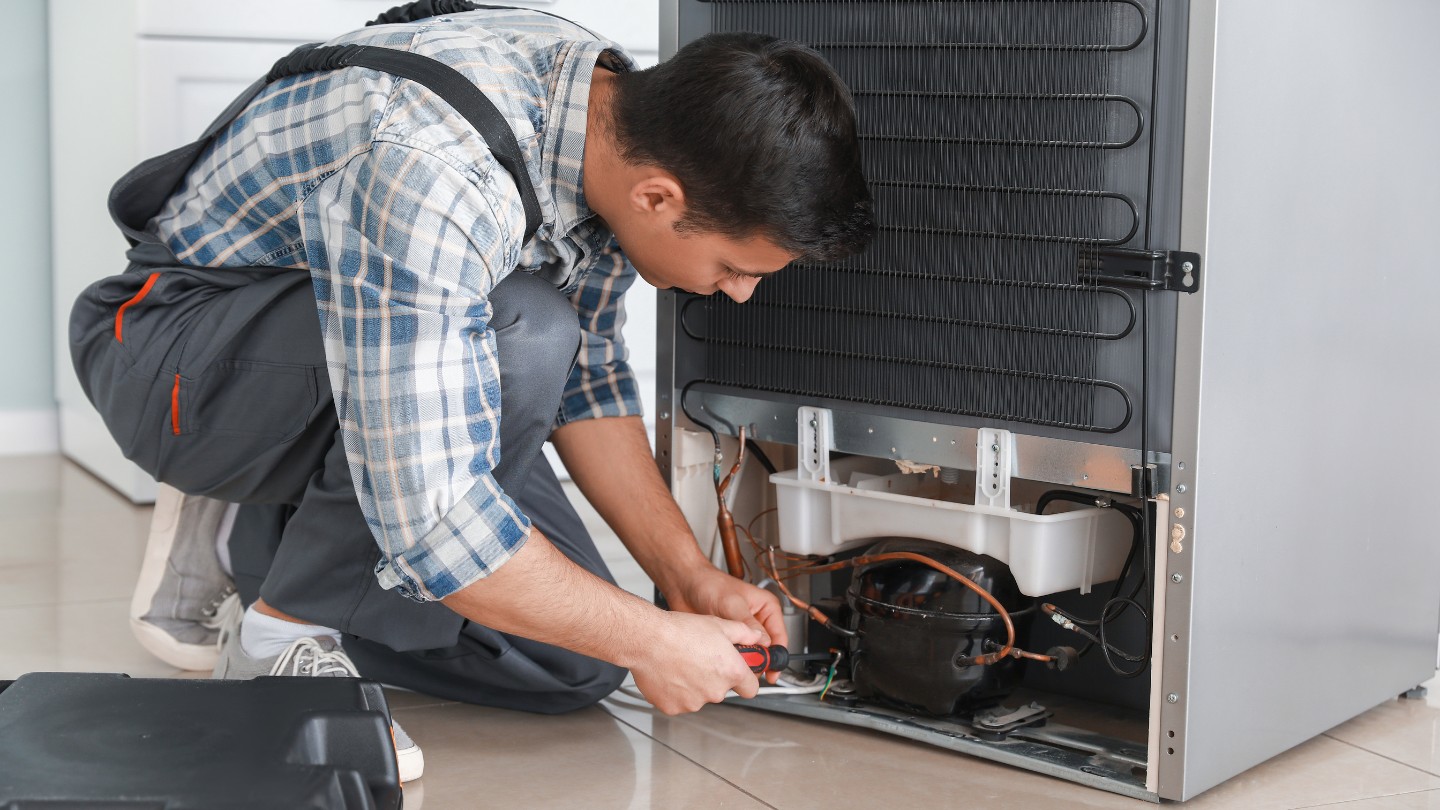

Articles
How To Jumpstart A Refrigerator Compressor
Modified: January 6, 2024
Discover valuable articles on how to jumpstart a refrigerator compressor and ensure your appliance runs smoothly. Find expert tips and step-by-step guides to troubleshoot and fix compressor issues.
(Many of the links in this article redirect to a specific reviewed product. Your purchase of these products through affiliate links helps to generate commission for Storables.com, at no extra cost. Learn more)
Introduction
A refrigerator compressor is an essential component of any refrigerator. It is responsible for circulating the refrigerant and maintaining the proper temperature inside the fridge. However, there may be instances when the compressor fails to start up, leaving your fridge unable to cool properly. In such cases, jumpstarting the refrigerator compressor can be a useful troubleshooting technique to get your fridge back up and running.
In this article, we will explore the process of jumpstarting a refrigerator compressor and provide you with step-by-step instructions to follow. We will also discuss the reasons why a compressor might need to be jumpstarted and the precautions to take before attempting the procedure. So, if you’re facing issues with your refrigerator’s compressor, read on to learn how you can resolve the problem and extend the lifespan of your appliance.
Key Takeaways:
- Jumpstarting a refrigerator compressor can temporarily restore cooling functionality, but recurring issues indicate the need for professional assistance. Safety precautions and proper tools are essential for a successful jumpstart.
- Regular maintenance and care, such as cleaning condenser coils and using surge protectors, can prevent compressor issues. When facing a non-starting compressor, follow the step-by-step instructions for a successful jumpstart.
Read more: How To Check Compressor On Refrigerator
What is a refrigerator compressor?
A refrigerator compressor is a crucial component of the cooling system in a refrigerator. It is a motor-driven pump that circulates the refrigerant, which is responsible for absorbing heat from the fridge’s interior and expelling it outside. Without a functioning compressor, the refrigerator would not be able to cool properly, resulting in spoiled food and an inefficient appliance.
The compressor is typically located at the back of the refrigerator, near the bottom. It consists of a motor, a pump, and a set of valves. When the refrigerator’s thermostat detects that the temperature inside the fridge needs to be lowered, it sends a signal to the compressor to start running. The compressor then compresses the refrigerant gas, increasing its pressure and temperature. This hot, high-pressure gas travels through the condenser coils, where it releases heat to the surrounding environment and condenses into a liquid form.
Next, the liquid refrigerant passes through an expansion valve, which reduces its pressure and temperature. As the refrigerant expands, it absorbs heat from the fridge’s interior, cooling it down. The low-pressure, low-temperature gas is then drawn back into the compressor, and the cycle repeats.
The compressor plays a vital role in maintaining the proper temperature inside the refrigerator. Without it, the refrigerant cannot circulate, and the cooling process comes to a halt. This is why a malfunctioning or non-starting compressor can lead to significant issues with your refrigerator’s cooling performance.
Why would you need to jumpstart a refrigerator compressor?
There are several reasons why you might need to jumpstart a refrigerator compressor. One common scenario is when the compressor fails to start up on its own, leaving your refrigerator unable to cool properly. The inability of the compressor to start could be due to various issues, such as a power surge, a faulty start relay, or a compressor motor that has become stuck or seized.
Jumpstarting the compressor can be a temporary solution to get it running again. It involves providing an external power boost to help kick-start the motor and overcome any obstacles preventing it from starting. By jumpstarting the compressor, you can restore the cooling functionality of your refrigerator while you explore more permanent solutions or seek professional assistance.
Another reason you might need to jumpstart a refrigerator compressor is when you’ve had a power outage or electrical interruption. In some cases, power fluctuations can cause the compressor to stall and fail to restart when the power is restored. Jumpstarting the compressor can help overcome this issue and get your refrigerator back up and running smoothly.
It’s important to note that jumpstarting a compressor is not a long-term fix for underlying issues. It is merely a temporary measure to get your refrigerator functioning again. If you find yourself having to jumpstart the compressor frequently, it indicates a more significant problem that should be addressed by a professional technician.
Before attempting to jumpstart a refrigerator compressor, it is crucial to ensure your safety and take necessary precautions. This will help prevent any accidents or further damage to your appliance. In the next section, we will discuss the precautions you should take before attempting to jumpstart a refrigerator compressor.
Precautions
Jumpstarting a refrigerator compressor involves working with electrical components, so it’s important to take the necessary precautions to ensure your safety. Here are some precautions to keep in mind before attempting to jumpstart a refrigerator compressor:
- Disconnect the Power: Before starting any work on your refrigerator, make sure to unplug it from the power source. This will prevent any risk of electrical shock during the jumpstart process.
- Wear Protective Gear: It’s always a good idea to wear protective gloves and safety goggles when working with electrical components. This will protect your hands and eyes from any potential hazards.
- Allow Time for Cooling: If your refrigerator has been running recently, give it some time to cool down before attempting to jumpstart the compressor. This will prevent any potential burn injuries from touching hot components.
- Read the Manual: Familiarize yourself with the manufacturer’s instructions and guidelines for your specific refrigerator model. This will provide you with important information on jumpstarting procedures and any specific safety precautions to be aware of.
- Work in a Well-Ventilated Area: When jumpstarting the compressor, ensure that you are in a well-ventilated area to prevent the buildup of any harmful gases or fumes. This is especially important if you need to access the back of the refrigerator where the compressor is located.
- Ask for Professional Help: If you are unsure about jumpstarting the compressor or do not feel confident in your abilities, it is always recommended to seek professional assistance. A qualified technician will have the knowledge and experience to safely diagnose and resolve compressor issues.
Following these precautions will help create a safe environment while jumpstarting your refrigerator compressor. Now that you are aware of the necessary safety measures, let’s move on to the tools and materials you will need for the jumpstart process.
Clean the condenser coils to improve the efficiency of the compressor. Use a vacuum or brush to remove dust and debris. This can help jumpstart a refrigerator compressor that is struggling to start.
Tools and materials needed
Before jumpstarting a refrigerator compressor, it’s important to gather all the necessary tools and materials. Having them readily available will make the process smoother and more efficient. Here are the tools and materials you will need:
- Phillips screwdriver: This will be used to remove any screws or panels that are covering the compressor.
- Power supply: You will need a stable power source to jumpstart the compressor. This can be a dedicated power supply or an extension cord connected to a functioning electrical outlet.
- Jumpstart device or jumper cables: A jumpstart device specifically designed for compressors can provide the necessary power boost. Alternatively, you can use jumper cables and a 12-volt power source, such as a car battery, to jumpstart the compressor.
- Safety gloves and goggles: Always wear protective gear to ensure your safety while working with electrical components.
- Owner’s manual: Refer to the manufacturer’s manual for specific instructions and guidelines for your refrigerator model.
Gathering these tools and materials beforehand will save you time and ensure that you are well-prepared for the jumpstart process. Keep them nearby as you proceed with the step-by-step instructions, which we will discuss in the next section.
Read more: How To Replace A Refrigerator Compressor
Step-by-step instructions
Now that you have taken all the necessary precautions and gathered the required tools and materials, you are ready to jumpstart your refrigerator compressor. Follow these step-by-step instructions to safely jumpstart the compressor:
- Disconnect the power: Ensure that your refrigerator is completely unplugged from the power source to avoid any electrical hazards.
- Locate the compressor: Typically, the compressor is located at the back of the refrigerator, near the bottom. Remove any panels or covers that are obstructing access to the compressor using a Phillips screwdriver.
- Identify the start relay: Look for a small device usually connected to the side of the compressor. This is the start relay, which helps kick-start the compressor’s motor. Note the wire terminals attached to the start relay.
- Prepare the jumpstart device: If you are using a jumpstart device specifically designed for compressors, follow the manufacturer’s instructions to connect it to the wire terminals on the start relay. If you are using jumper cables and a 12-volt power source, use the cables to connect the positive (red) cable to the positive terminal of the power source and the other end to the positive wire terminal on the start relay. Then, connect the negative (black) cable to the negative terminal of the power source and the other end to a ground point on the refrigerator’s chassis.
- Provide a power boost: Once the jumpstart device is connected, power it on or apply power from the 12-volt source to energize the start relay. This will provide a temporary power boost to the compressor’s motor.
- Monitor the compressor: As the power boost is applied, listen for any noises coming from the compressor. The motor should attempt to start and begin running. If you hear the motor humming or vibrating but it doesn’t start, it could indicate a more significant issue that requires professional attention.
- Remove the jumpstart device: Once the compressor starts running, you can remove the jumpstart device or disconnect the jumper cables, following the manufacturer’s instructions or proper safety procedures.
- Reassemble and test: After successfully jumpstarting the compressor, reassemble any panels or covers that were removed and ensure they are securely fastened. Plug the refrigerator back into the power source and let it run for a while to ensure that it is cooling properly.
Keep in mind that jumpstarting the compressor is a temporary fix, and if you experience recurring issues, it is recommended to seek professional assistance to diagnose and address any underlying problems.
Conclusion
Jumpstarting a refrigerator compressor can be a useful technique to get your appliance up and running when it fails to start on its own. By following the step-by-step instructions and taking the necessary precautions, you can safely jumpstart the compressor and restore proper cooling functionality to your refrigerator.
Remember that jumpstarting the compressor is only a temporary solution, and if you encounter persistent issues, it is recommended to consult a professional technician. They will have the expertise to diagnose and fix any underlying problems to ensure the long-term performance of your refrigerator.
Regular maintenance and care of your refrigerator can help prevent compressor issues from arising in the first place. Clean the condenser coils periodically, keep the fridge well-ventilated, and avoid overloading it with items that can hinder proper airflow. Additionally, be mindful of power fluctuations and invest in surge protectors to safeguard your refrigerator from electrical surges.
With proper care and timely troubleshooting, you can extend the lifespan of your refrigerator and enjoy its efficient cooling capabilities for years to come. If you ever find yourself facing a non-starting compressor, remember the steps outlined in this article for a successful jumpstart. Stay safe and keep your refrigerator running smoothly!
Frequently Asked Questions about How To Jumpstart A Refrigerator Compressor
Was this page helpful?
At Storables.com, we guarantee accurate and reliable information. Our content, validated by Expert Board Contributors, is crafted following stringent Editorial Policies. We're committed to providing you with well-researched, expert-backed insights for all your informational needs.

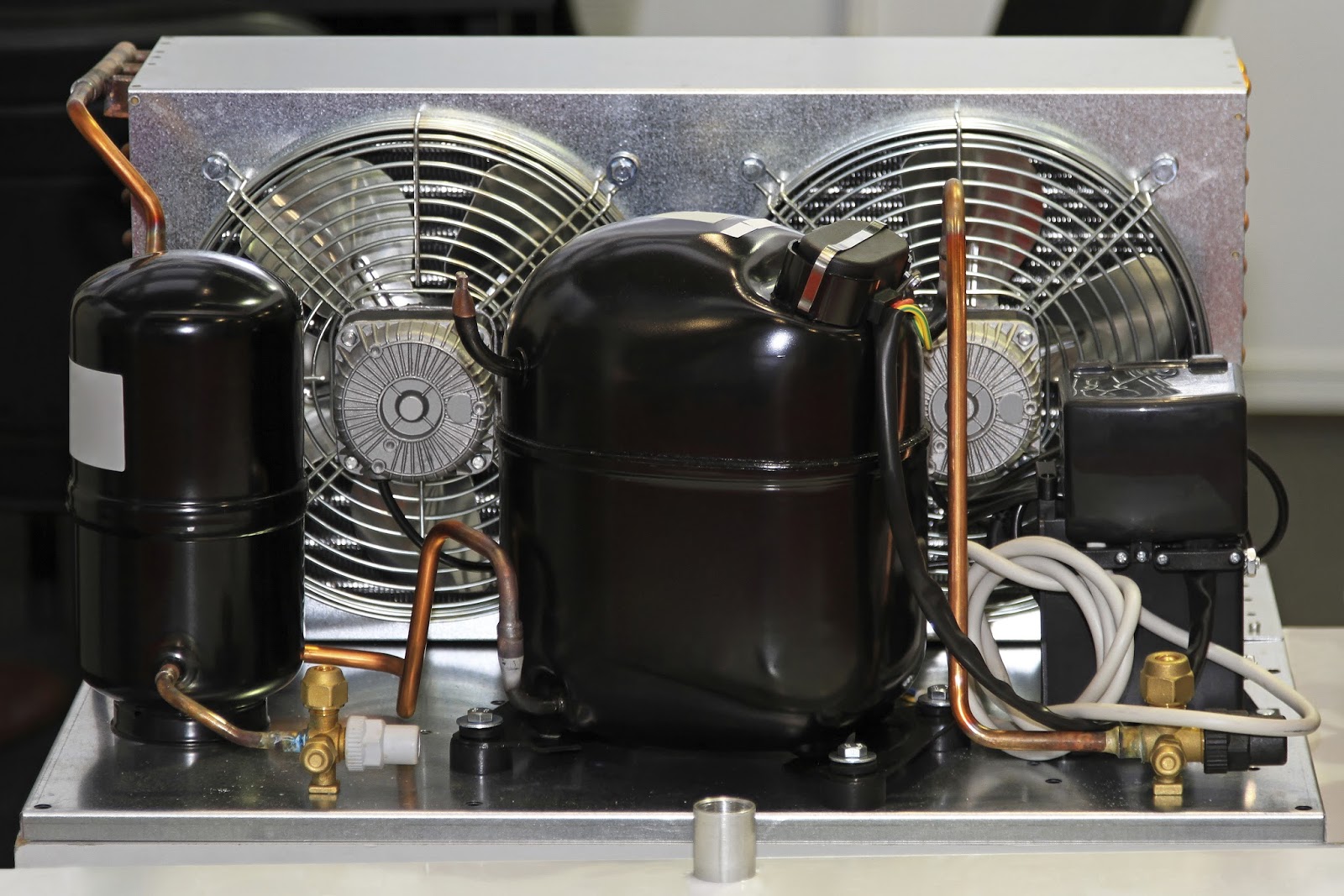
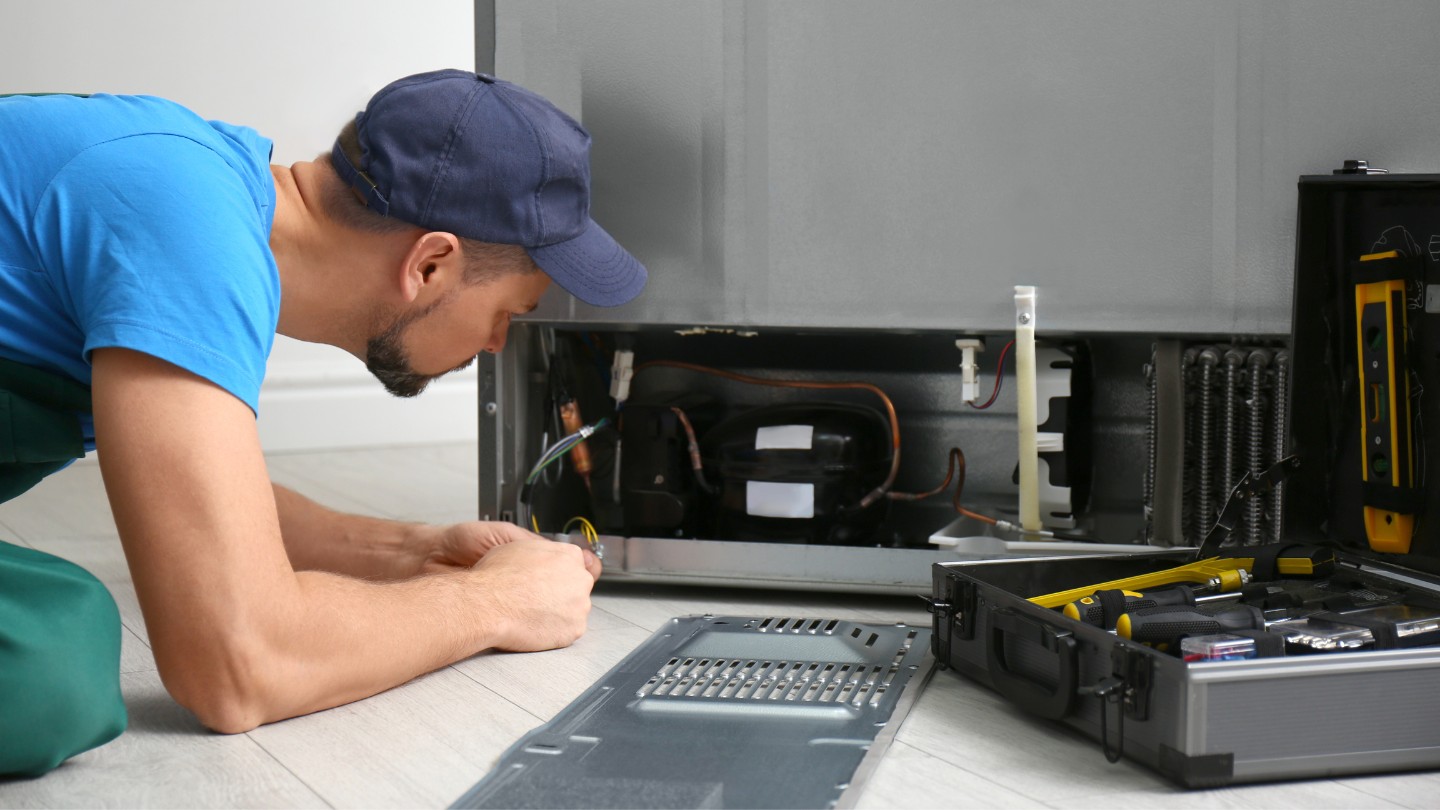
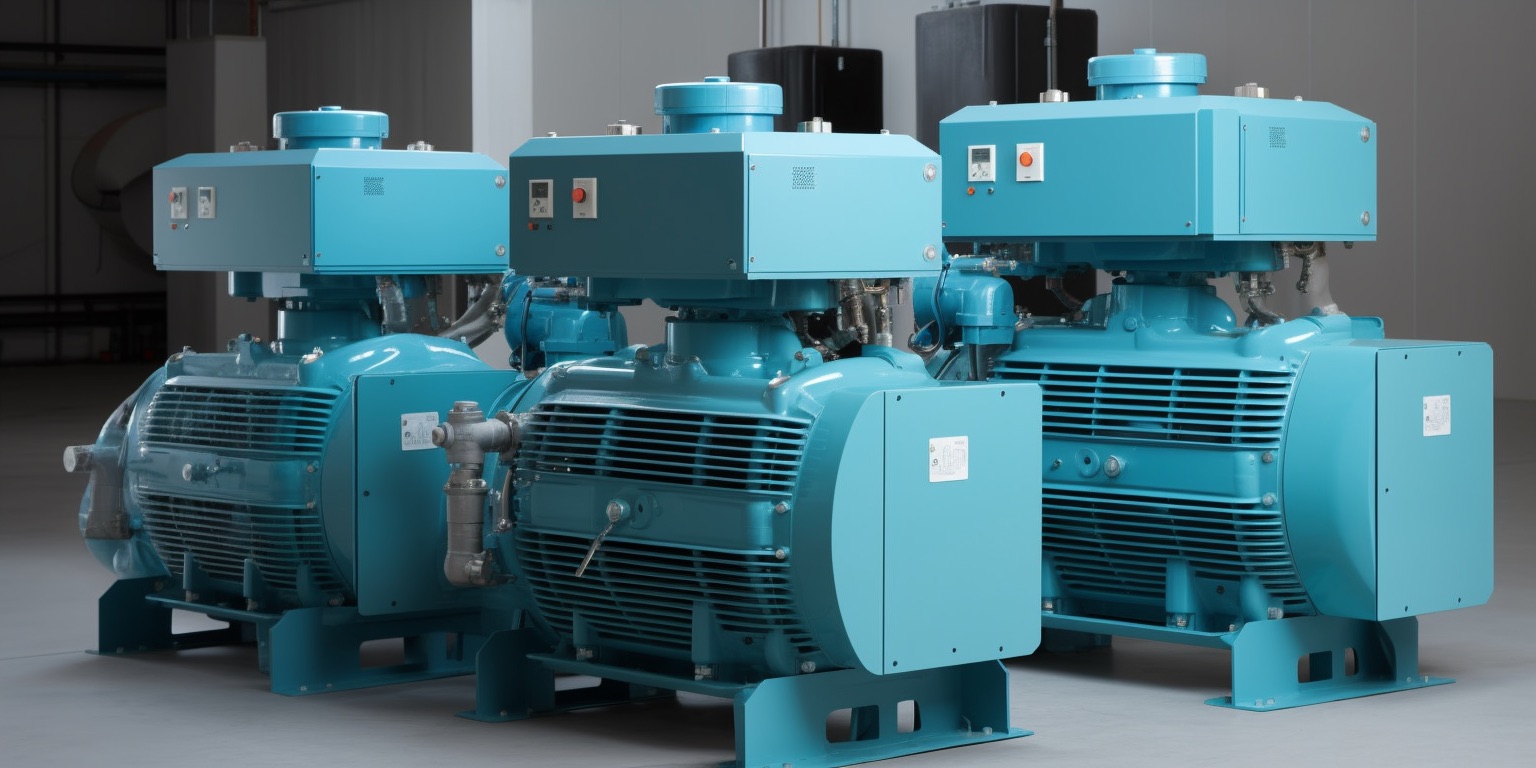
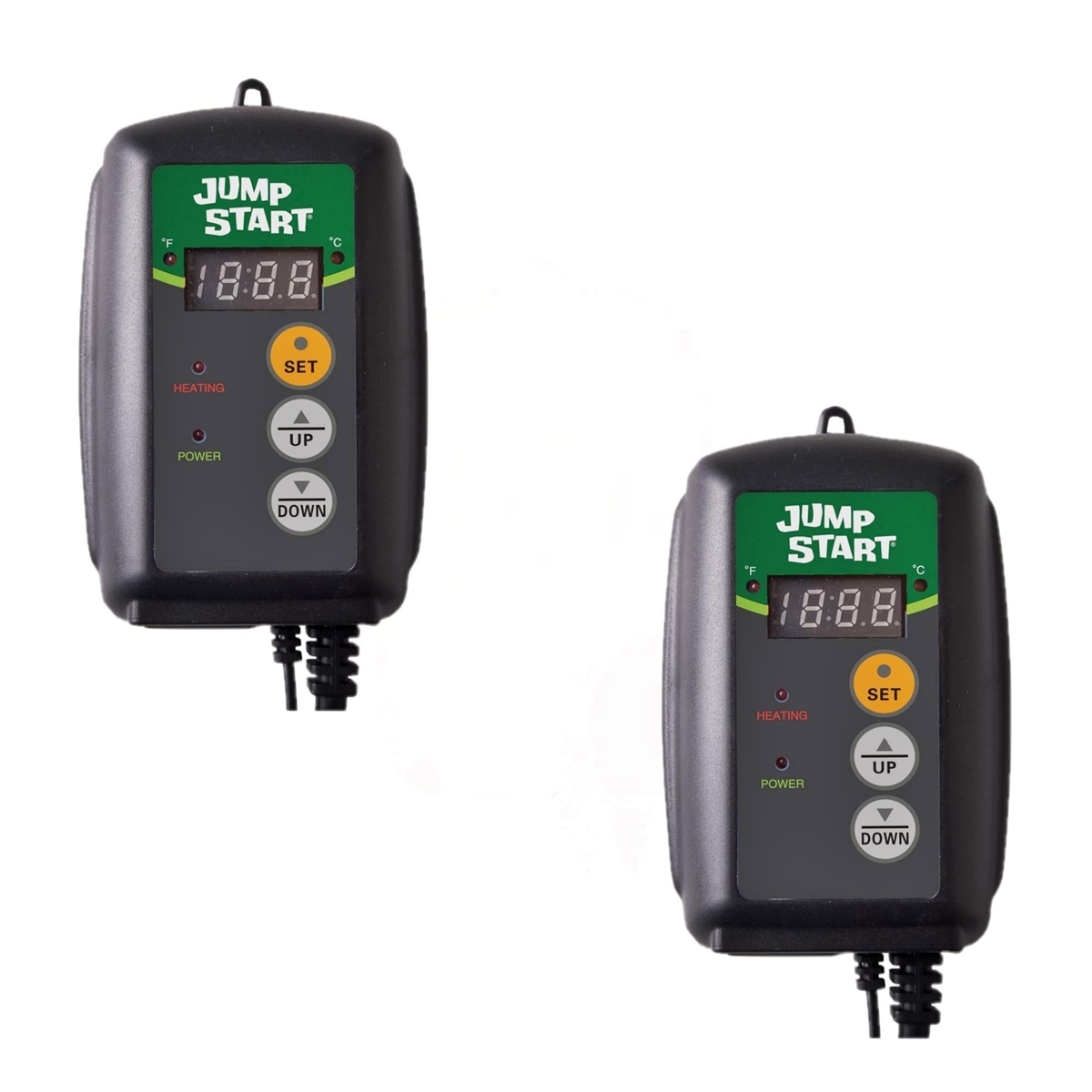
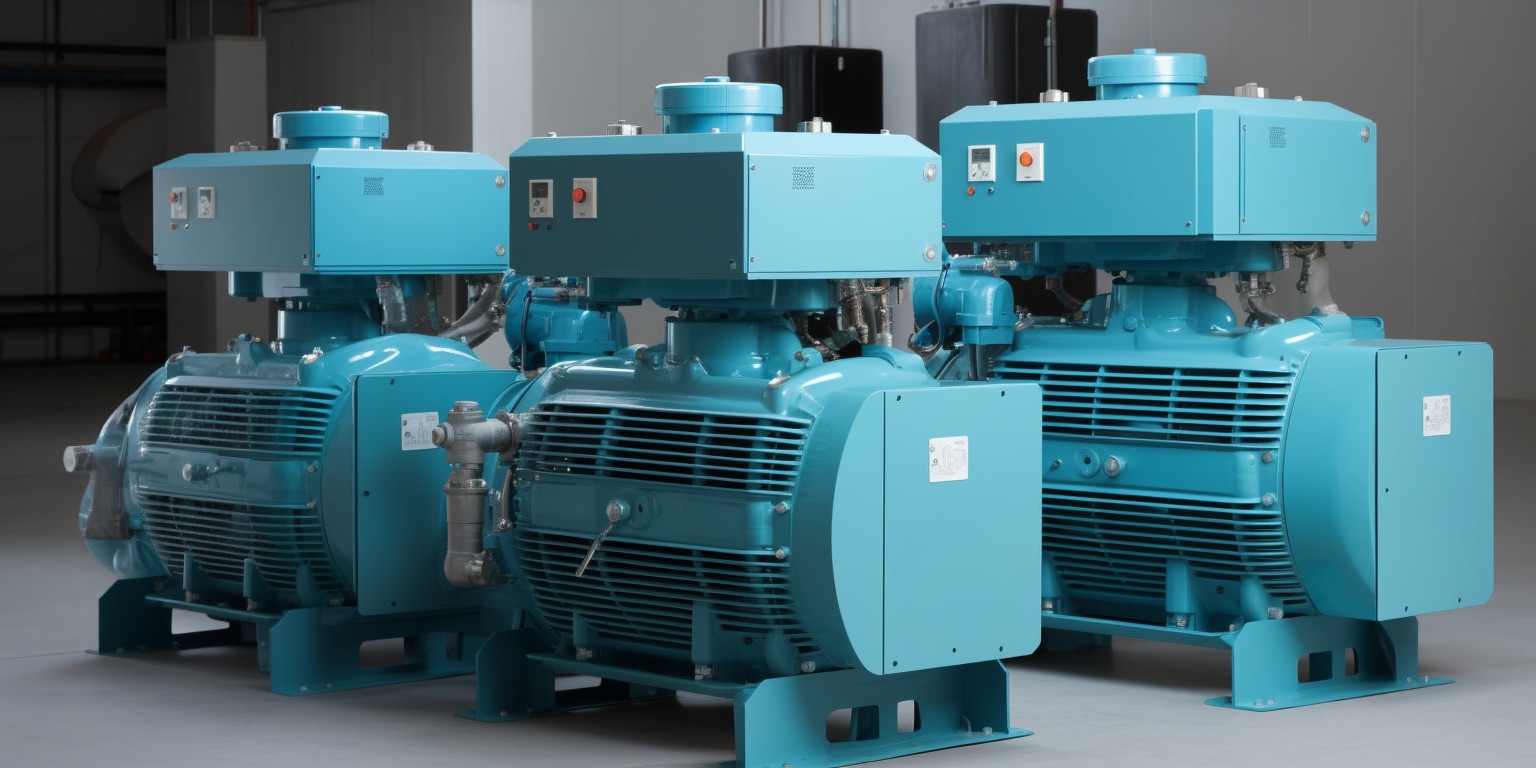
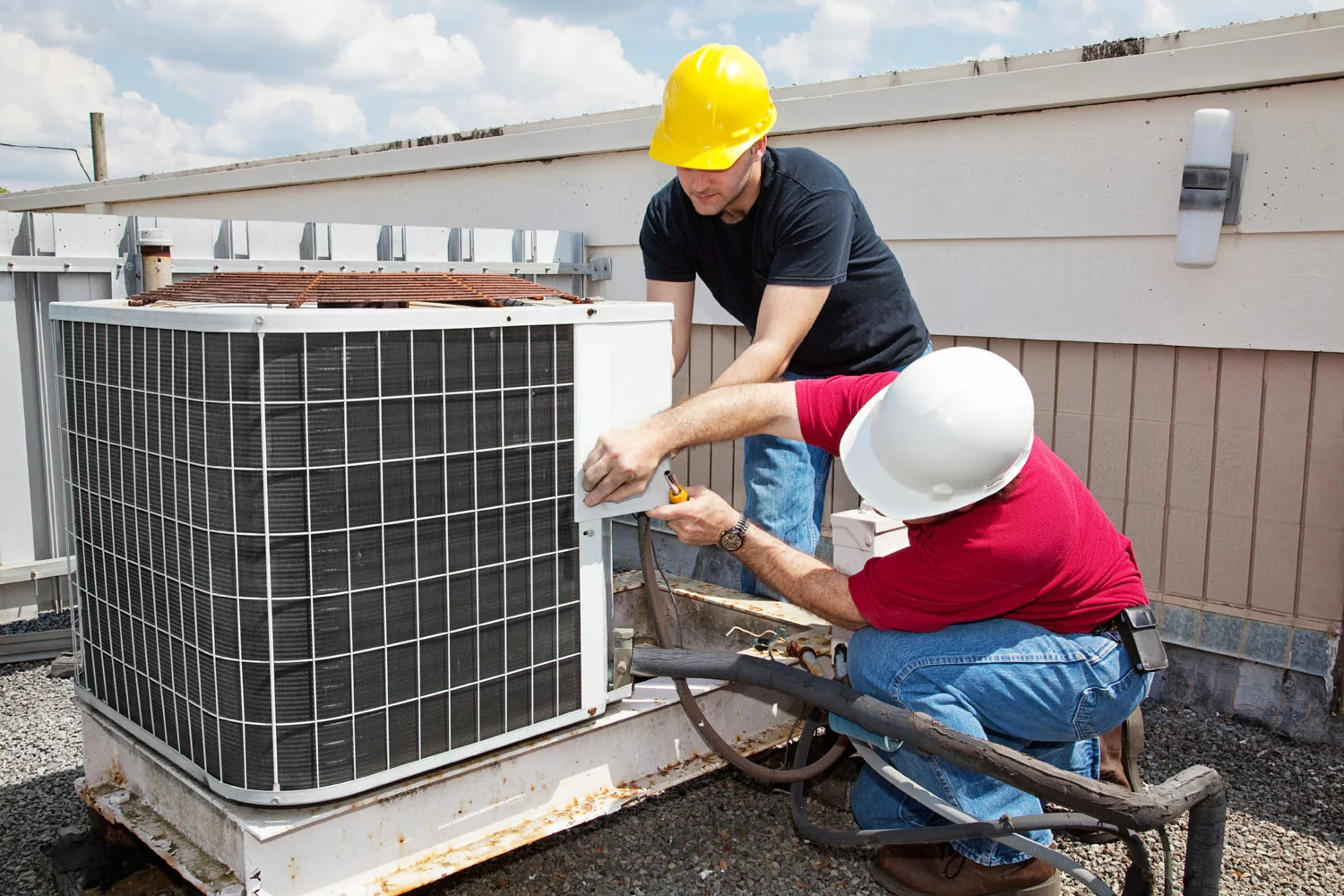
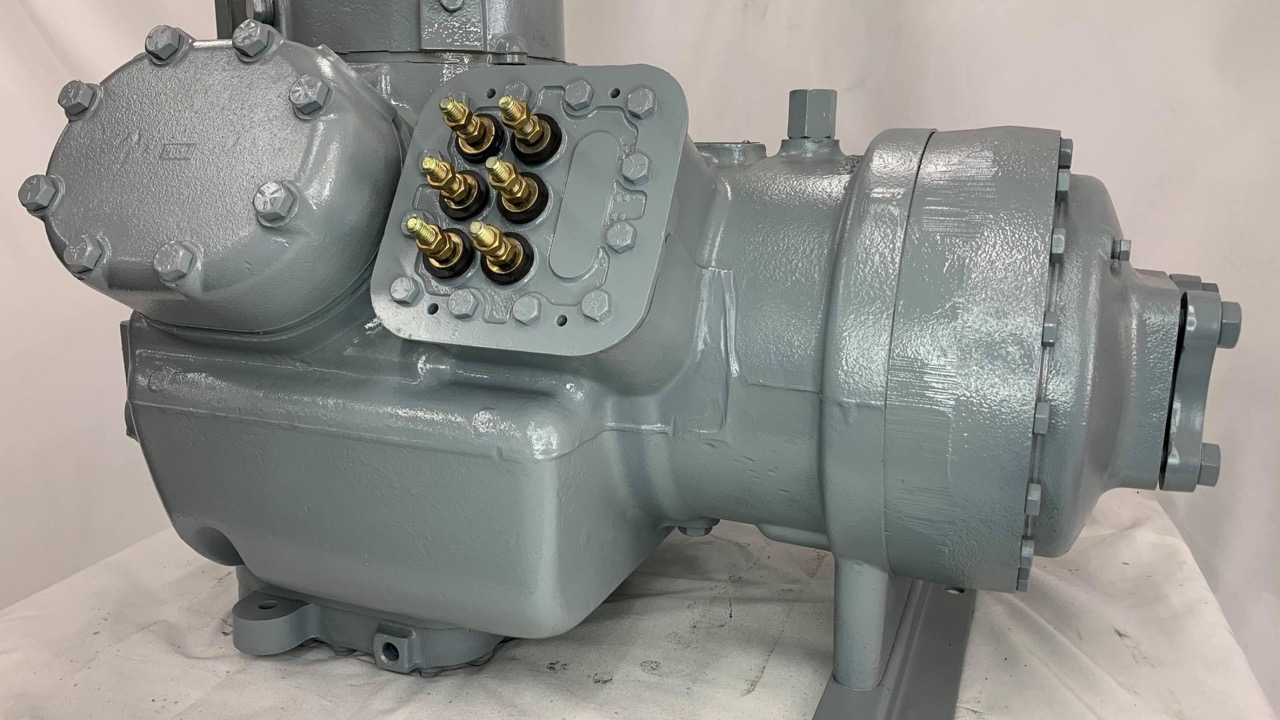
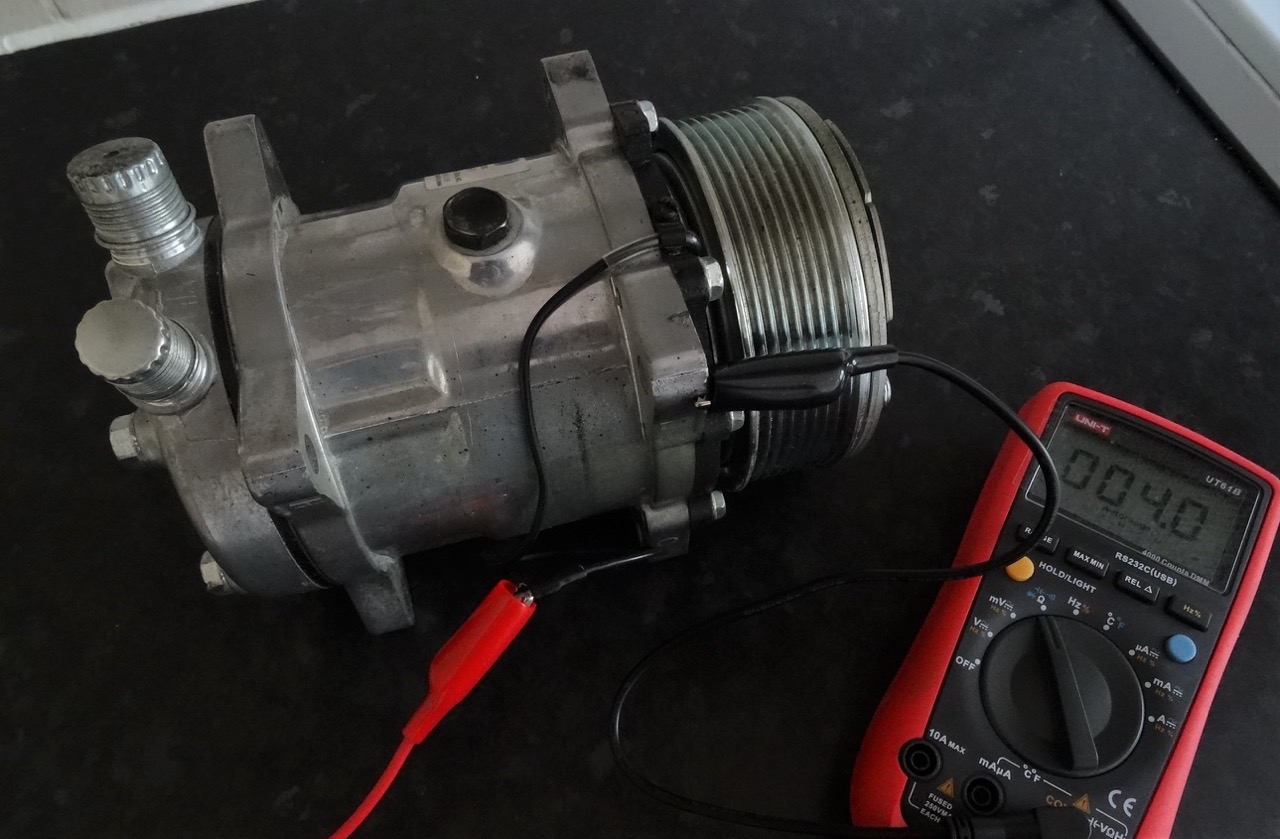
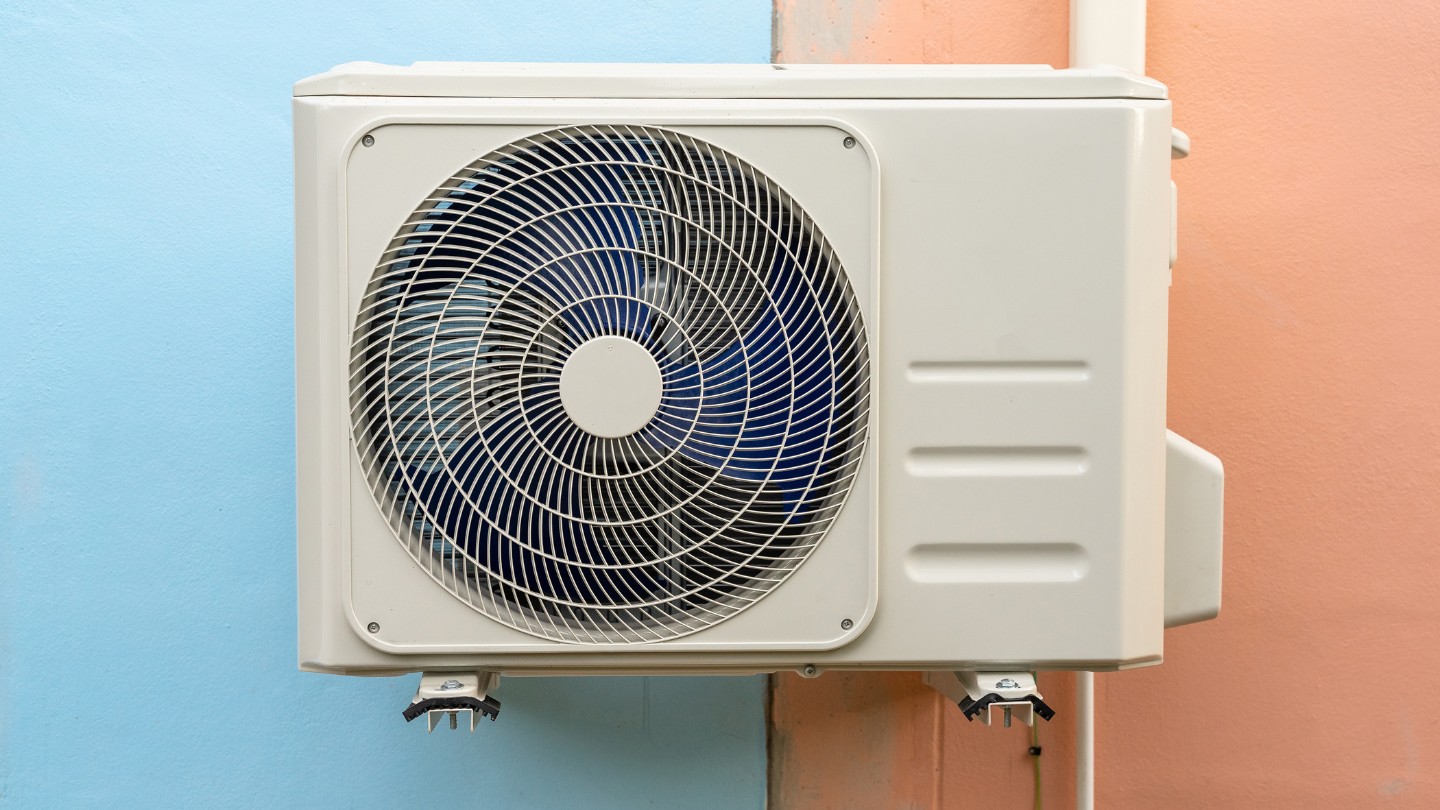
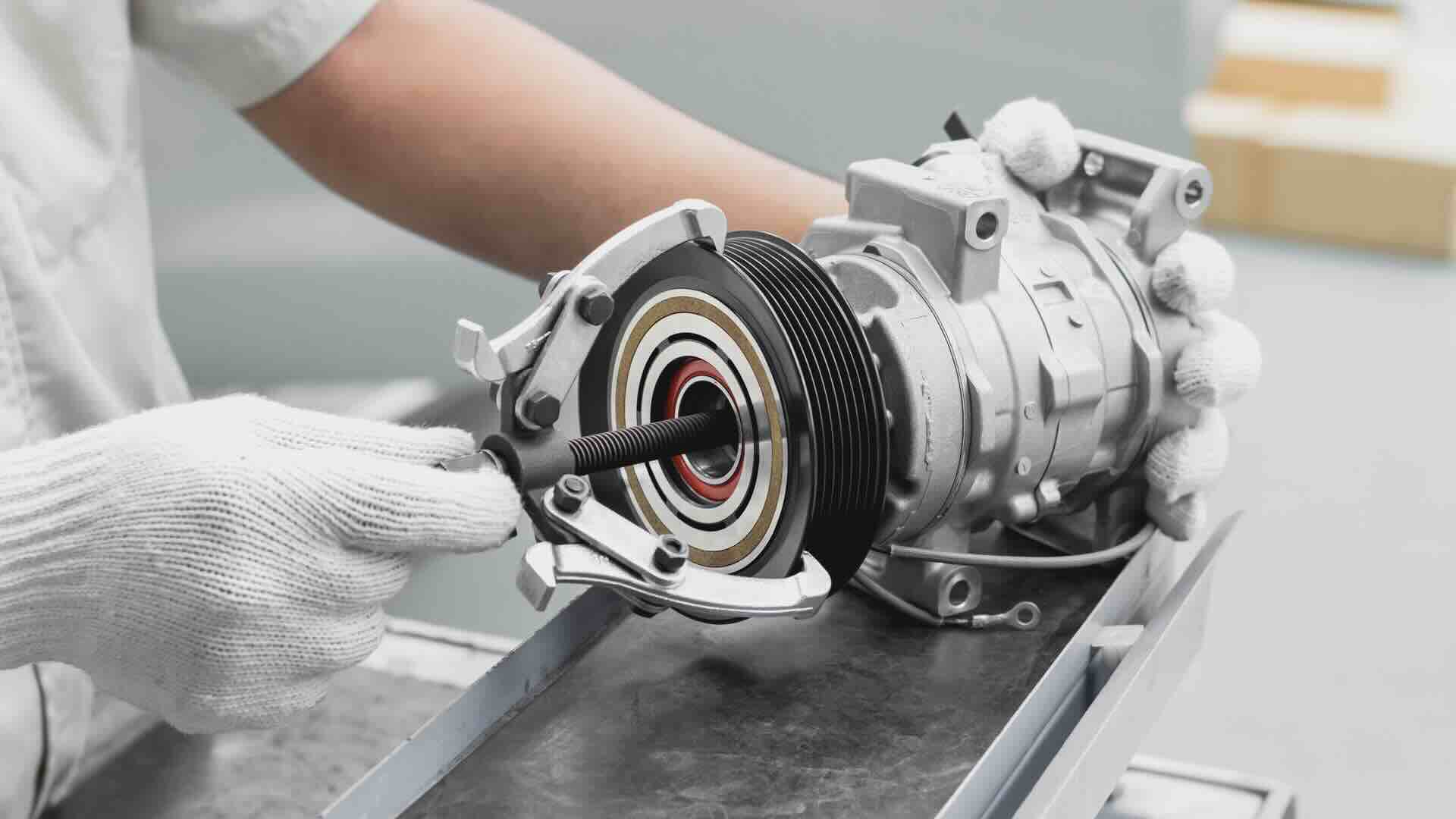
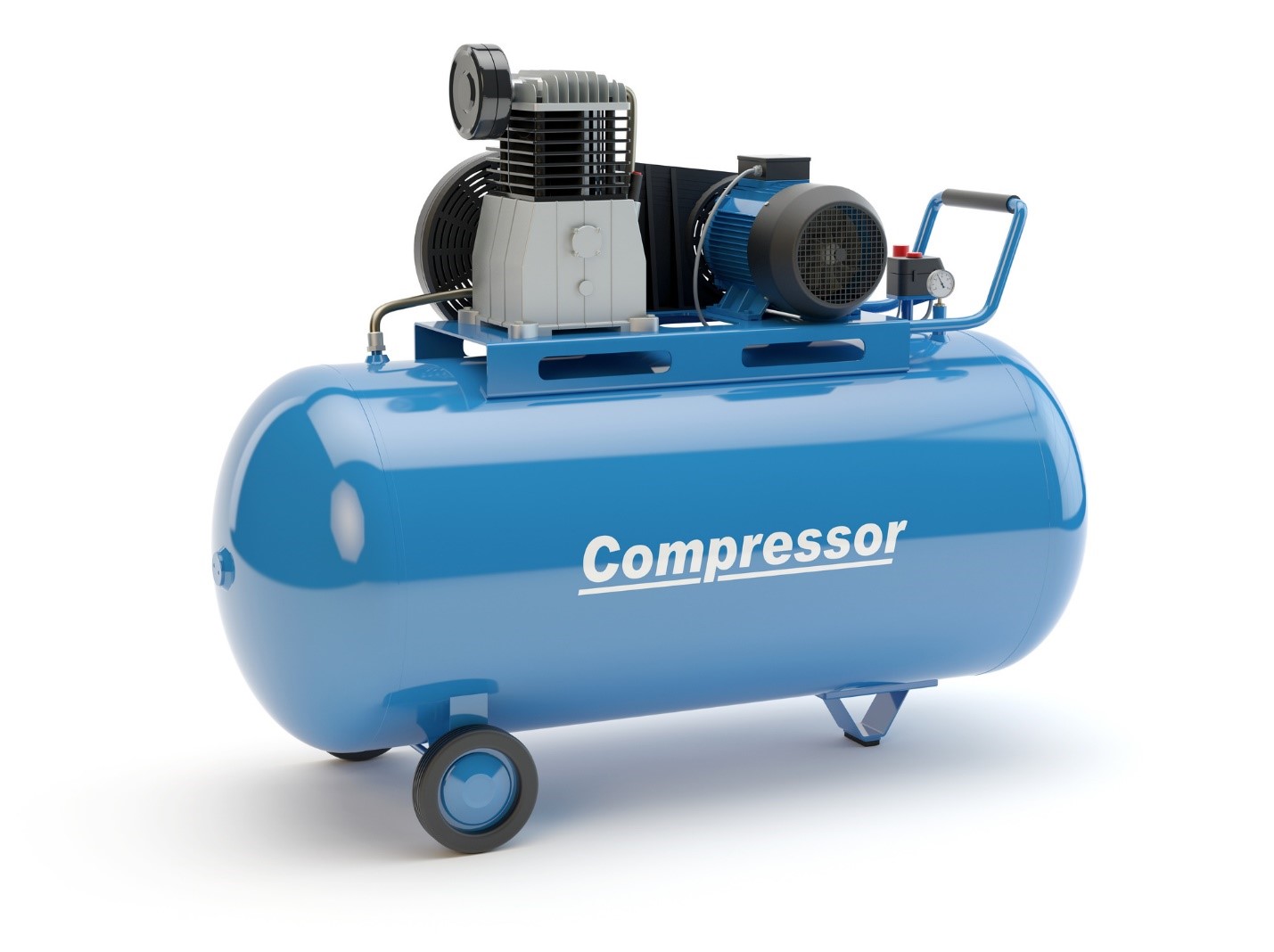
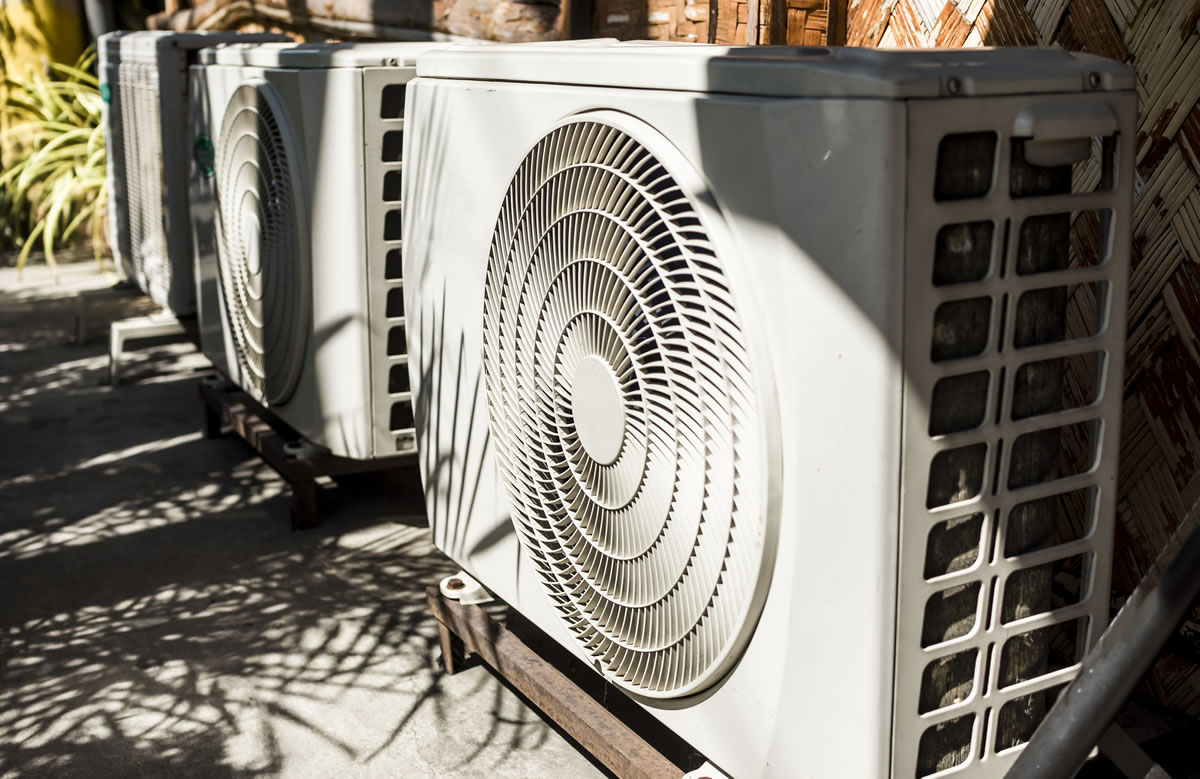
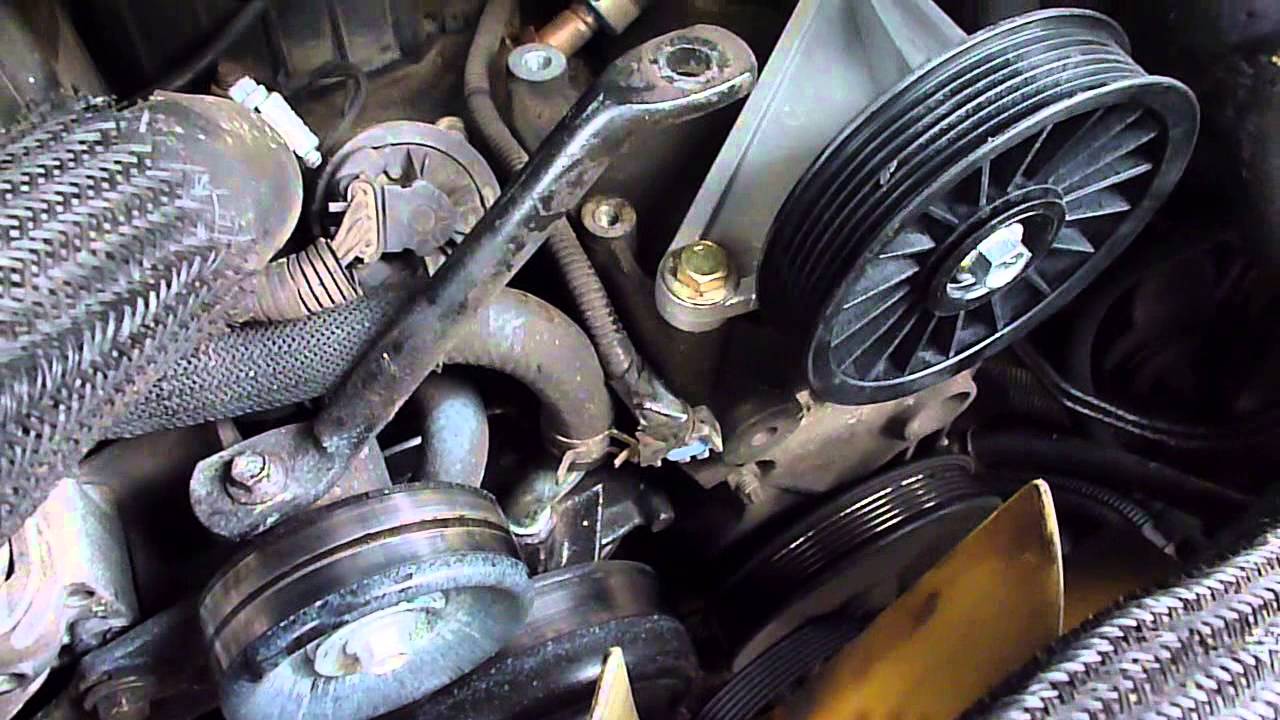

0 thoughts on “How To Jumpstart A Refrigerator Compressor”